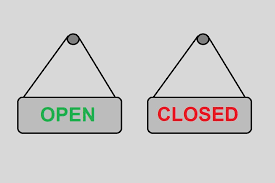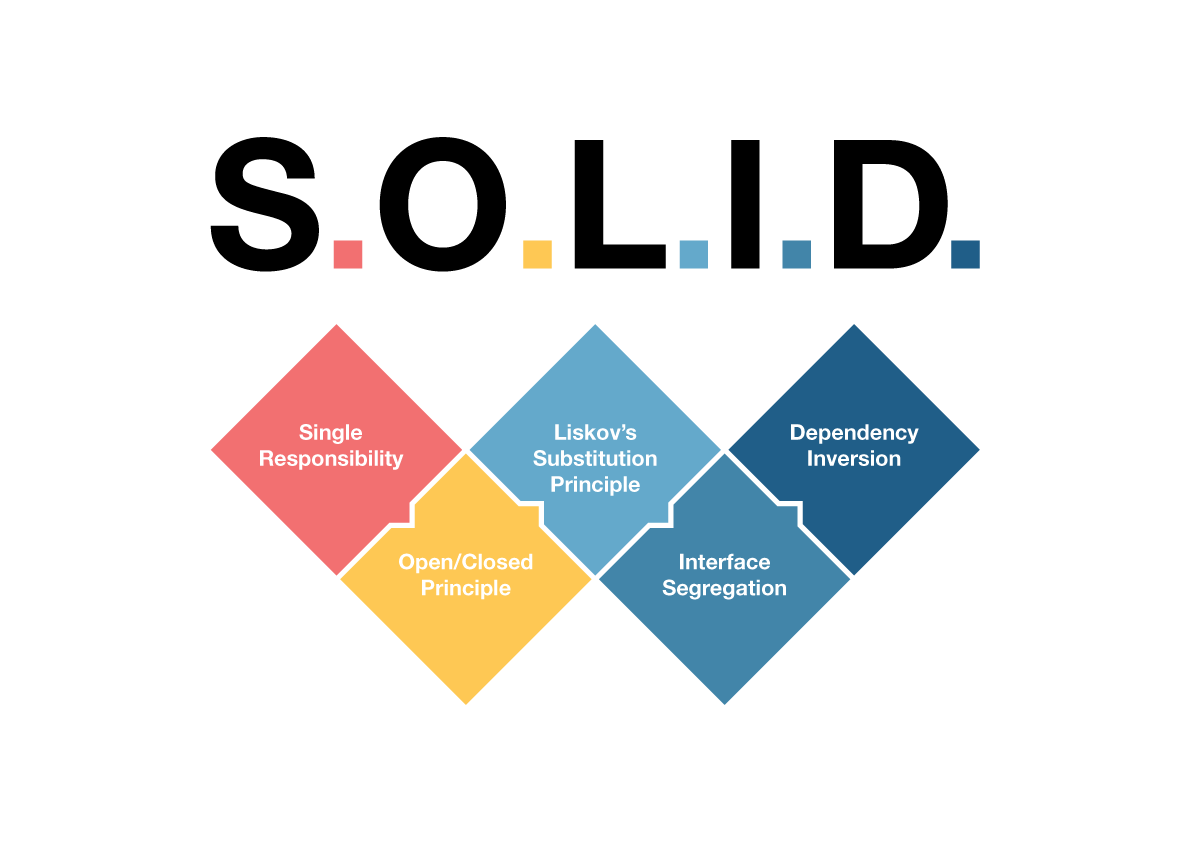

Deep Dive into Creational Patterns - The Builder Pattern
Deep Dive into Creational Patterns: The Builder Pattern. Hey software designers! Today, we’re diving into the Builder pattern. This pattern is essential for constructing complex objects step by step, providing a flexible solution to object creation. Let’s explore its workings, benefits, and real-world applications with detailed examples. What is the ..
Read more

Deep Dive into Creational Patterns - The Abstract Factory
Deep Dive into Creational Patterns: The Abstract Factory. Hey software designers! Today, we’re exploring the Abstract Factory pattern in depth. This pattern is a cornerstone in the world of design patterns, providing a robust way to create families of related or dependent objects without specifying their concrete classes. Let’s uncover its intricacie..
Read more

Overview of Design Patterns from GOF - The Foundations of Modern Software Design
Overview of Design Patterns from GOF: The Foundations of Modern Software DesignHey software designers! Today, we’re diving into the world of Design Patterns from the Gang of Four (GOF). These patterns have been the cornerstone of software design, offering tried-and-true solutions to common problems. Let’s explore their history, importance, real-world..
Read more

Understanding the Dependency Inversion Principle with Real-World Examples
Understanding the Dependency Inversion Principle with Real-World ExamplesHello, fellow software designers! Today, we’re exploring the Dependency Inversion Principle (DIP), one of the foundational principles in the SOLID design principles. The DIP ensures that high-level modules are not tightly coupled to low-level modules, promoting flexibility and r..
Read more

Understanding the Interface Segregation Principle with Real-World Examples
Understanding the Interface Segregation Principle with Real-World ExamplesHello, fellow software designers! Today, we’re exploring the Interface Segregation Principle (ISP), another crucial principle in the SOLID design principles. The ISP ensures that our software components remain modular, focused, and easy to maintain by providing clear and minima..
Read more

Understanding the Liskov Substitution Principle with Real-World Examples
Understanding the Liskov Substitution Principle with Real-World ExamplesHello, fellow software designers! Today, we’re diving into the Liskov Substitution Principle (LSP), one of the five SOLID principles in software design. This principle ensures that our software components are reliable, flexible, and easy to maintain. To make this concept clearer,..
Read more

Understanding the Open/Closed Principle with Real-World Examples
Understanding the Open/Closed Principle with Real-World ExamplesHello, fellow software designers! Today, we’re diving into the Open/Closed Principle (OCP), another key principle in the SOLID design principles. The OCP ensures that our software components are flexible and maintainable by being open for extension but closed for modification. ..
Read more

Understanding the Single Responsibility Principle with Real-World Examples
Understanding the Single Responsibility Principle with Real-World ExamplesHello, fellow software designers! Today, we’re diving into the Single Responsibility Principle (SRP), one of the five SOLID principles in software design. This principle helps create software components that are easier to manage, maintain, and extend by ensuring each component ..
Read more

SOLID Principles in Ruby on Rails - Part 2
SOLID Principles in Ruby on Rails: Part 2. Welcome back, Ruby enthusiasts! Ready to dive deeper into the magical world of SOLID principles? Grab your coffee (or tea, no judgment here), and let’s make these principles as fun as a weekend hackathon. Single Responsibility Principle (SRP)Example: Separating User NotificationsEver tried to do too many thi..
Read more

Understanding SOLID Principles in Ruby on Rails
Understanding SOLID Principles in Ruby on Rails. SOLID principles are a set of design guidelines that help developers create more maintainable, understandable, and flexible software. These principles are especially valuable in Ruby on Rails projects, where code can quickly become complex. In this blog post, we’ll explore each of the SOLID principles ..
Read more